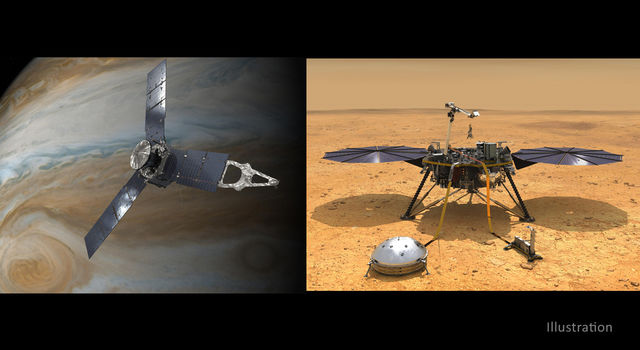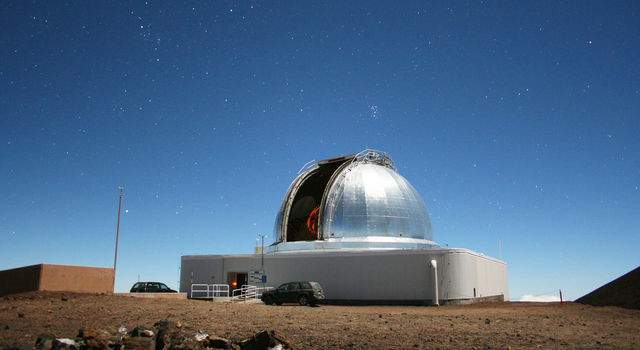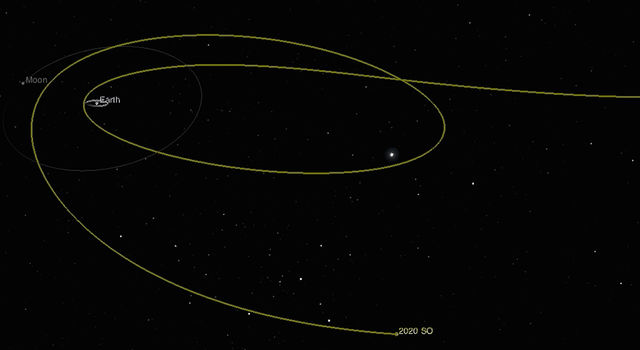Blogs | JPL | August 17, 2009
Comets and Life On Earth
With the recent discovery of the amino acid glycine in the comet dust samples returned to Earth by the Stardust spacecraft, it is becoming a bit more clear how life may have originated on Earth. Water is a well-known ingredient in both comets and living organisms, and now it appears that amino acids are also common to comets and living organisms. Amino acids are used to make proteins, which are chains of amino acids, and proteins are vital in maintaining the cell structures of plants and animals.
Amino acids had previously been identified in meteorite samples, and these samples are thought to be the surviving fragments from asteroid collisions with the Earth. So now it appears that both comets and asteroids in the Earth's neighborhood, the so-called near-Earth objects, delivered some of the building blocks of life to the early Earth.
Impacts of comets and asteroids with the early Earth likely laid down the veneer of carbon-based molecules and water that allowed life to form. Once life did form, subsequent collisions of these near-Earth objects frustrated the evolution of all but the most adaptable species. The dinosaurs checked out some 65 million years ago because of an impact by a six mile-wide comet or asteroid off the coast of the Yucatan peninsula. Fortunately, the small, furry mammalian creatures at the time were far more adaptable and survived this impact event. Thus, present day mammals like us may owe our origin and current position atop Earth's food chain to these near-Earth objects, one of which took out our dinosaur competitors some 65 million years ago.
Today, most of the attention directed toward near-Earth objects has to do with the potential future threat they can pose to life on Earth. However, the recent Stardust discovery of a cometary amino acid reminds us that, were it not for past impacts by these objects, the Earth may not have received the necessary building blocks of life, and humans may not have evolved to our current preeminent position on Earth. While giving thanks to these near-Earth objects, we still need to make sure we find the potentially hazardous comets and asteroids early enough so we don't go the way of the dinosaurs.
For more information on near-Earth objects, see: http://www.jpl.nasa.gov/asteroidwatch/index.cfm
TAGS:SOLAR SYSTEM, COMETS, ASTEROIDS, STARDUST, NEAR-EARTH







